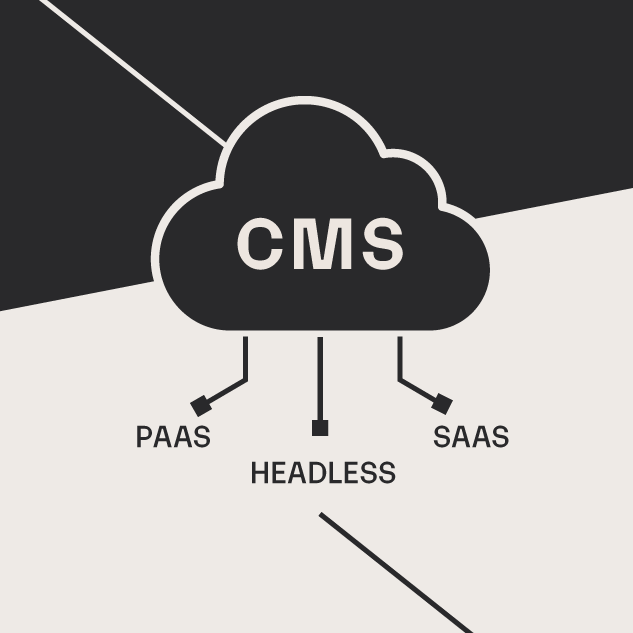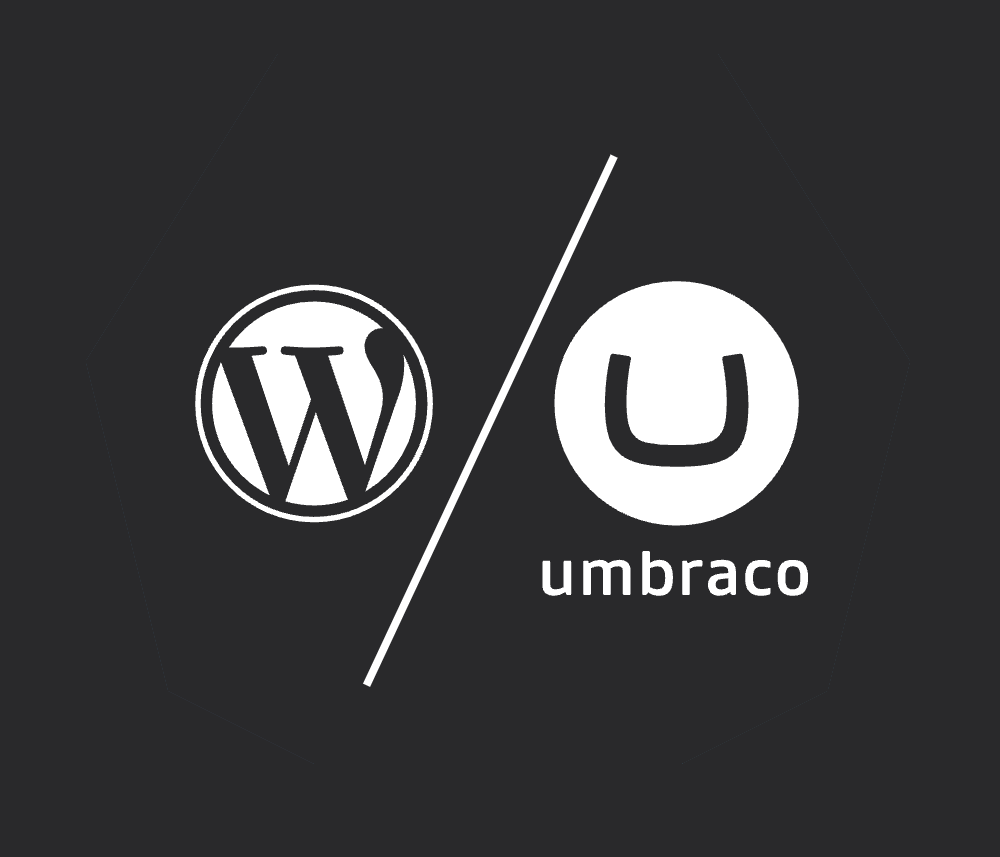Building a Sales Process Around the HubSpot CRM
Dan Sitton#Inbound Marketing, #Digital Strategy, #HubSpot

We look at how the HubSpot CRM helps us move our prospective customers through the Buyer's Journey.
However, a CRM is no guarantee for success. Without a strategy or sales processes to provide a framework for how your sales team interacts with your prospects and tracks their progress through the end of the Buyer’s Journey, you risk ineffectiveness and inconsistency. Successes are difficult to repeat, because you don’t have the data to show you why they worked, and if they are unable to demonstrate its value, your sales team will be less likely to keep your CRM data up to date.
Guiding Prospects Through the Buyer’s Journey
We chose to build our sales process around the HubSpot CRM because it ties into HubSpot’s marketing platform, it’s easy to use, and we can adapt it to fit our specific needs. These three main criteria help us guide Leads through the Buyer’s Journey by giving us the history of their interactions with our company, so we know what their next steps should be. For example, if a prospect is looking at content on our website and converts on an offer at the top of the funnel but then returns to the site two months later and converts at the middle of the funnel, we can see her tracked progression.
When we built our sales processes, we looked specifically at how the HubSpot CRM will help us quickly identify where the Lead is in the Buyer’s Journey and how we can pivot on the technology within the CRM to convert the prospect from Lead to Customer. Full disclosure: we also use HubSpot Sales Pro to supplement our CRM and sales processes.
A 3-Stage Process
Our sales process can be generally sorted into 3 stages between New Lead and Customer: the Connect Stage, the Discovery Stage and the Opportunity Stage. A Lead on which no action has been taken is “New.” The Connect stage is when we reach out to a new Lead to qualify and see if we can help – even if helping is just giving information and advice. During the Discovery Stage, we look more into how we can help and start to create an opportunity. In the Opportunity Stage, we have a specific opportunity we are working towards closing – this typically includes a proposal and asking for their business.
When creating this process, we began by mapping out how we typically see a Lead enter the CRM. We found out that we have three primary sources – inbound Leads, Leads added through prospecting efforts, and manually added Leads. Each of these three Lead types require different types of follow up, so being able to identify the source through the CRM is important. What works for us utilizing the editable fields within the HubSpot CRM to show where the Lead is coming from, and HubSpot tracks how a Lead has entered the CRM, as well as the chronological activities the Lead is taking. Using these fields also allows us to use the Contacts view in the HubSpot CRM to create customized views for each of these Lead types to systematically address each one.
For each view, following up with those Leads is determined by the Lead Status, Targeted Service, and Target Notes, which are all customized fields that we’ve created within the HubSpot CRM. For us, none of these Leads are Sales Qualified Leads (SQL) yet. That’s determined through our defined follow up procedures for each Lead type within our overall sales processes. Of course, knowing our ideal buyer profiles and personas is also a major factor in the Connect stage of our sales process.
During this part of the process, Leads can be automatically assigned by the HubSpot CRM using criteria you determine. If you want the Leads split evenly, you can set that up, or if you prefer to divide Leads by market or source, you can set that up as well.
The Connect Stage
During the Connect Stage of the sales process, we are able to use the HubSpot CRM to mark a Lead as being pursued. We also can create tasks to contact Leads, select the next contact date for the Lead in the CRM, enroll the Lead within a predefined sequence, send a templated email, call the individual, or whatever our best defined outreach is for the Lead type and persona. Our goal is to build trust, establish ourselves as experts, and qualify the Lead in this stage. As this can be confusing to track, we create views within the HubSpot CRM to keep organized and specify the next contact dates for the different Leads.
After we have connected with a prospect, we are able to note the interaction and change the profile information to reflect where they are in the Buyer’s Journey. If they are indefinitely unqualified, we note that, and they are removed from the Active Leads view in the CRM. If they are a SQL, we will change the Lead Status to reflect that. If they aren’t yet qualified but can be in the future, we keep them in this stage and note the account – as well as schedule a follow up in the CRM.
The Discovery Stage
During the Discovery Stage, we work with the prospect to begin to scope out a Deal and look at how we can specifically help them solve their problems. These interactions are noted in the CRM, and the goal of this stage is to get a Deal created. The HubSpot CRM has an area to create and manage Deals, so the Deal is created there once we start to get parameters. Through the HubSpot CRM, this automatically updates the profile to reflect the Lifecycle Stage of the prospect.
The Opportunity Stage
The view we use for prospects in the Opportunity Stage – after a Deal has been created – is in the Deals area of the HubSpot CRM. From there, the Deal gets moved along to define how close the Deal is to closing. Once the Deal is closed, the account automatically gets updated to customer, and the new customer is ready to re-enter the sales process.
By using the HubSpot CRM as a cornerstone for our sales processes, we are able to track and manage our Leads better than we had before. It wasn’t an instant change, and creating a sales process that takes advantage of all the sales enablement tools that HubSpot provides took some time. But the effort we put into getting the process right continues to reward us.
If you’re looking to implement HubSpot’s MAP and CRM tools and integrate them with your website and the other parts of your digital strategy, we can help! Please contact us, and we’ll work with you to make the most of these valuable tools.
Related Posts

Choosing the Right Cloud CMS: Key Factors to Consider
Selecting the right cloud-based Content Management System (CMS) demands a careful balance between budget, technical expertise, and business needs.

Umbraco Cloud vs WordPress
Discover why Umbraco outshines WordPress with superior support, security, and a hybrid CMS architecture, offering a meticulously vetted, versatile platform for modern web development.
Results Matter.
We design creative digital solutions that grow your business, strengthen your brand and engage your audience. Our team blends creativity with insights, analytics and technology to deliver beauty, function, accessibility and most of all, ROI. Do you have a project you want to discuss?
Like what you read?
Subscribe to our blog "Diagram Views" for the latest trends in web design, inbound marketing and mobile strategy.
